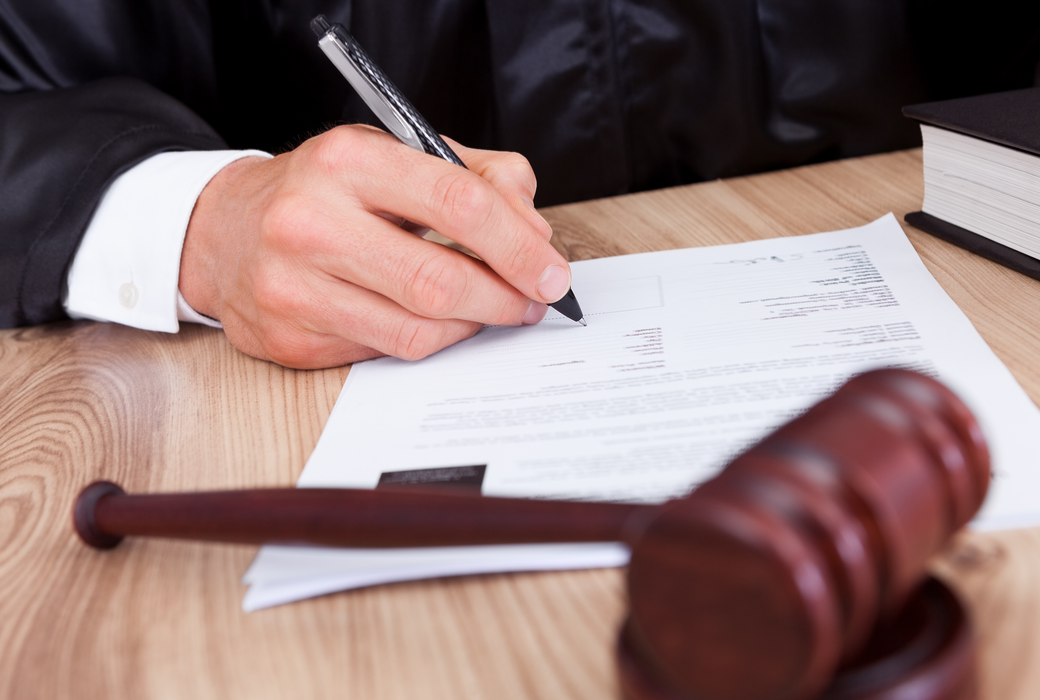
When a company is subject to a winding up petition, an advertisement is placed in the Gazette to alert other creditors. Once the petition becomes public knowledge, the banks typically freeze the business’ accounts to protect themselves from liability.
This has serious ramifications, as without access to its bank accounts the business is unable to trade normally. The situation can be dealt with to some extent, however, by obtaining a validation order through the courts.
A validation order is an order of the court that authorises and ‘validates’ transactions going through a business’ bank account, regardless of the fact that a winding up petition is ongoing.
The order essentially ‘unfreezes’ the account and allows certain, or in some cases, all transactions to go through. A company with a winding up petition made against it can apply for a validation order, but there may be circumstances in which other parties can also apply - if another entity has an interest in one of the transactions, for example.
Validation orders hold a number of potential benefits to the business itself, its creditors, and other parties with a vested interest. Depending on individual cases, they may allow:
Form IAA is used to apply for a validation order. It should be sent to the court dealing with the winding up petition along with a witness statement and the fee, which is currently £155. When applying for a validation order the company’s directors need to provide detailed evidence that supports their case.
Evidence can include, but is not limited to:
Shortly after form IAA has been filed at court, a hearing is arranged and the applicant presents their case for a validation order. At the end of the hearing the court may grant the order, but in some cases may need to see additional evidence.
Begbies Traynor is the UK’s largest professional services consultancy, and can help you if your company is subject to a winding up petition. Please contact one of our licensed insolvency practitioners to arrange a free same-day consultation. We operate an extensive network of offices throughout the UK, so you’re never far from professional support.
More Begbies Traynor Articles
Contact Begbies Traynor Group

You're in Safe Hands
Article Archive
Article Categories